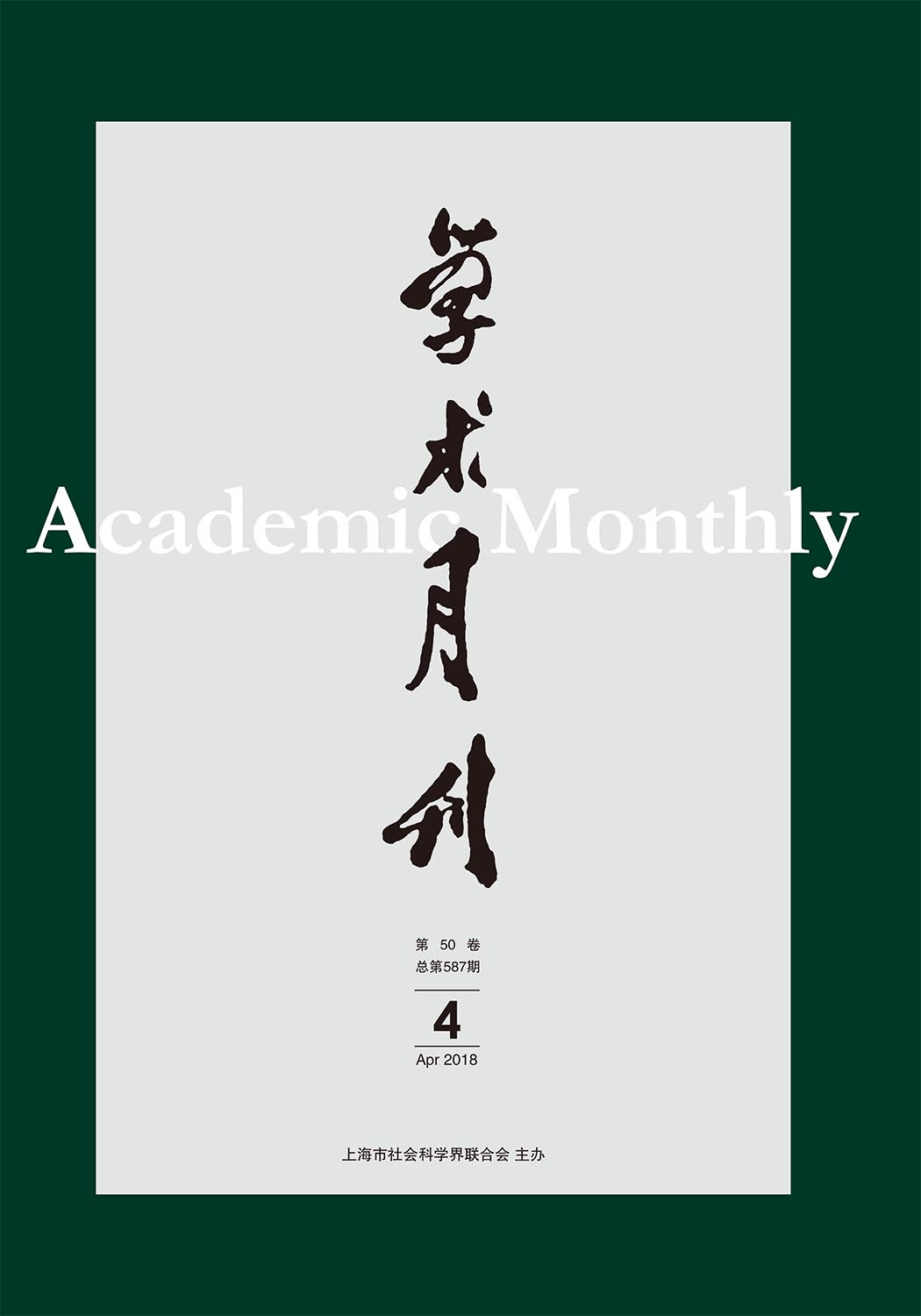Temple as Axis: “Modern” and “Country” in Village from 1920s to 1940s
Abstract: Ever since the late Qing Dynasty, the Chinese society was involved in a wave of modern reform. Until the national government launched a large-scale movement to wipe out fetish activities, the ideological authority of “modernity” powerfully influenced the folk culture and the mind structure in rural society. The faith in a North China village from 1920s to 1940s showed in details of how the extraneous and “modern” forces entered the village and how the villagers reflect. The village temples, as well as the village life with the temples as its center, potentially resisted the modern tempest, and had its own way of recovery. The temples took up the functions of religion, politics, economy, education, social activity and recreations, etc. It also became a media between the village and the outside forces. It could even be said that the unfolding of “modernity” relied greatly on and attached to tradition and habit. The mutual function of “reform” and “anti-reform” contains many movable actions in the process of the establishment of modern country. In the context of anti-fetish movement, a changing situation of infiltration and anti-infiltration, and action and reaction between the state force and the local society had concretely presented the twists and turns in establishing modern China



 沪公网安备 31010102003103号
沪公网安备 31010102003103号 DownLoad:
DownLoad: